Many toys from our childhood have left a lasting impression, but some were discontinued for reasons ranging from safety concerns to changes in the market. These beloved toys, once staples in every household, were eventually pulled from shelves due to evolving standards or shifting interests. Despite their absence today, they continue to hold a special place in our memories. Let’s dive into the stories of these once-popular playthings that defined entire childhoods.
Sky Dancers
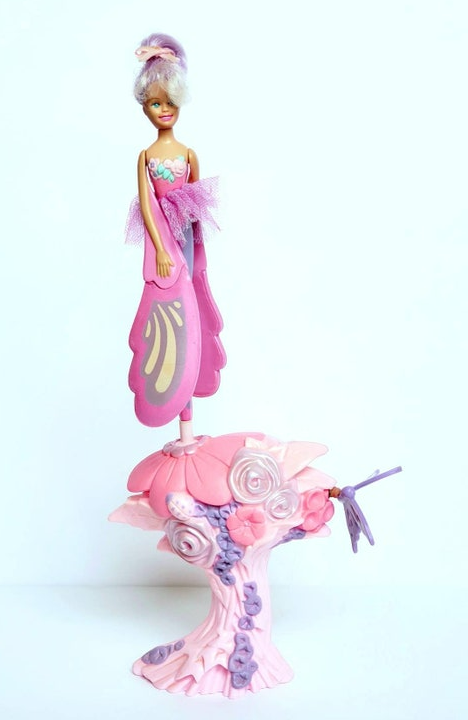
Sky Dancers were one of the most memorable toys of the 1990s. These flying dolls, launched by pulling a cord, soared unpredictably through the air, captivating children’s imaginations. However, their flight patterns proved to be more hazardous than whimsical, with reports of injuries ranging from eye damage to facial cuts. The unpredictability and speed of their spinning wings led to numerous incidents, ultimately forcing Galoob Toys to recall approximately 8.9 million Sky Dancers in 2000. Following the recall, similar toys with more controlled flying mechanisms have since appeared on the market. Despite this, none captured the same charm and excitement that Sky Dancers once did.
Clackers

Clackers were a popular toy in the late 1960s and early 1970s, consisting of two hard balls attached to a string. The goal was to swing the balls in such a way that they would repeatedly hit each other, creating a satisfying “clacking” sound. However, these were discontinued due to safety concerns after reports surfaced of the balls shattering during use. The hard acrylic or tempered glass materials posed a risk of flying debris when they broke, leading to injuries such as bruises, cuts, and even eye damage. The Consumer Product Safety Commission eventually banned the toy in 1976. While modern versions have been made from safer materials, they never regained the massive popularity of the originals.
Polly Pocket
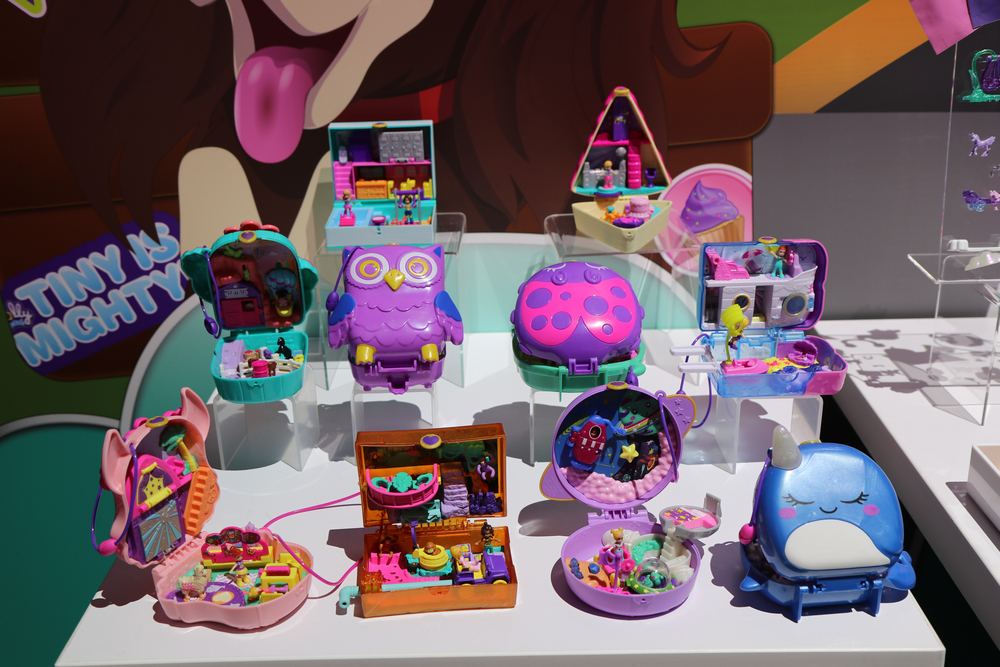
Polly Pocket, a tiny doll that fits into pocket-sized playhouses, became a hit in the 1990s due to its portable design and interactive nature. However, by the early 2000s, it underwent significant changes, including increasing the doll’s size and altering the design of the playsets. These changes, along with growing concerns over the tiny accessories posing choking hazards, led to a decline in popularity. Mattel eventually recalled certain versions in 2006 due to magnet issues in newer models, which could be swallowed by children, causing serious internal injuries. Despite the recalls and redesigns, it has seen multiple revivals over the years, though none have matched the charm of the original.
Creepy Crawlers
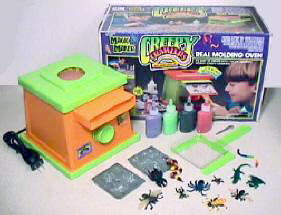
Creepy Crawlers allowed children to create their own rubbery insects using a small electric oven, providing hours of creative fun in the 1960s and early 1970s. However, the toy was discontinued due to safety concerns regarding the heating element, which could reach temperatures hot enough to cause burns. It was re-released several times over the decades, each time with updated safety features to address the heating issue. Despite these improvements, the original’s appeal was lost in the updated versions, which lacked the same level of creativity and freedom. Today, the concept of the toy lives on in safer arts-and-crafts sets, but it no longer holds the same fascination it once did.
Easy-Bake Oven
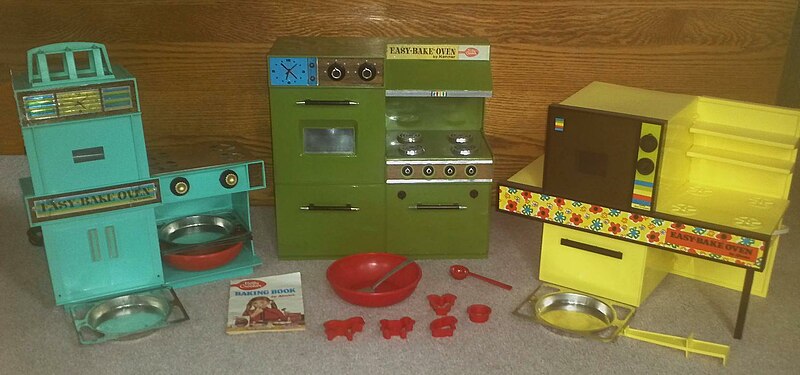
The Easy-Bake Oven was introduced in the 1960s, allowing children to bake miniature cakes using a lightbulb as the heating source. While it was a beloved toy for many years, later versions encountered problems, including burns caused by hot surfaces and fingers getting stuck in the oven. In 2007, it was recalled after over 200 reports of children suffering burns, some severe enough to require surgery. Hasbro redesigned the oven, eliminating the lightbulb heating system and introducing a safer version. Though the updated Easy-Bake Oven remains on the market, it never quite regained the iconic status of the original. The toy’s legacy endures, but its original design holds a special place in the hearts of those who grew up with it.
Lawn Darts

Lawn Darts, or “Jarts,” were a popular outdoor game in the 1980s, where players would throw weighted metal darts into the air toward a target on the ground. However, the sharp metal tips of the darts caused numerous injuries, including skull punctures and even deaths. In response to mounting pressure and multiple lawsuits, the U.S. government banned Lawn Darts in 1988. Although safer, plastic-tipped versions of the game were introduced, they never captured the same thrill. Today, Lawn Darts serve as a reminder of how safety concerns have reshaped the toy industry over the years. The toy is still sought after by collectors, but it remains a cautionary tale of how even the most seemingly innocent toys can be hazardous.
Skip-It

Skip-It was a simple yet wildly popular toy during the late 1980s and 1990s. The toy consisted of a loop that fits around the player’s ankle, with a counter attached to track how many successful skips they completed. Its simplicity and active play design made it a hit among kids. However, as newer and more technologically advanced toys entered the market, it lost its appeal and was eventually discontinued. In addition to competition from digital games, concerns over injuries—especially to ankles and feet—also contributed to its decline. Despite being discontinued, Skip-It remains a fond memory for many who enjoyed its challenge and fun. The toy’s resurgence in smaller markets proves that its simple charm hasn’t been entirely forgotten.
HitClips
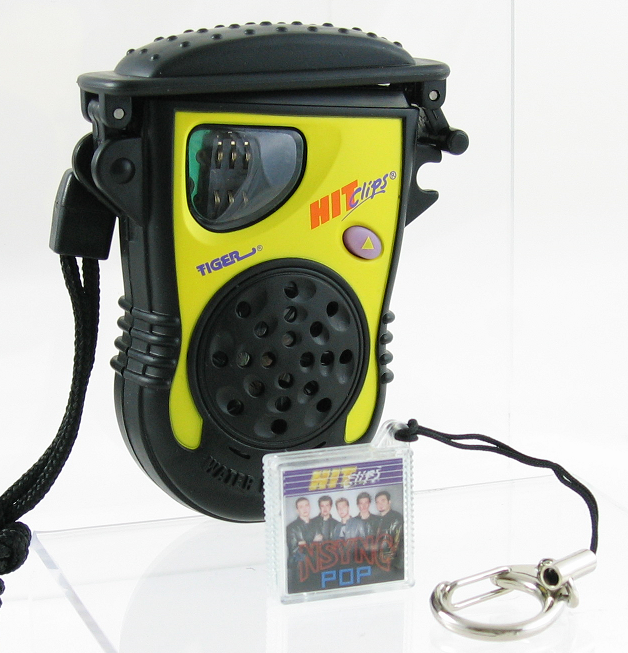
HitClips, released in 1999 by Tiger Electronics, allowed kids to listen to short snippets (around 60 seconds) of popular songs through a small, portable device. The concept was appealing at the time, as it gave kids a way to listen to music on the go. However, with the rise of MP3 players and streaming services that offered full songs, the appeal of listening to brief snippets quickly waned. By 2004, HitClips were discontinued as more advanced and comprehensive music technology took over the market. While they were a fun novelty, these were ultimately too limited in their function to survive the rapidly advancing world of personal music devices. Today, they serve as a nostalgic reminder of the transitional period between CDs and digital music. Despite their brief lifespan, HitClips are fondly remembered by those who used them to get a taste of their favorite songs.
Poo-Chi
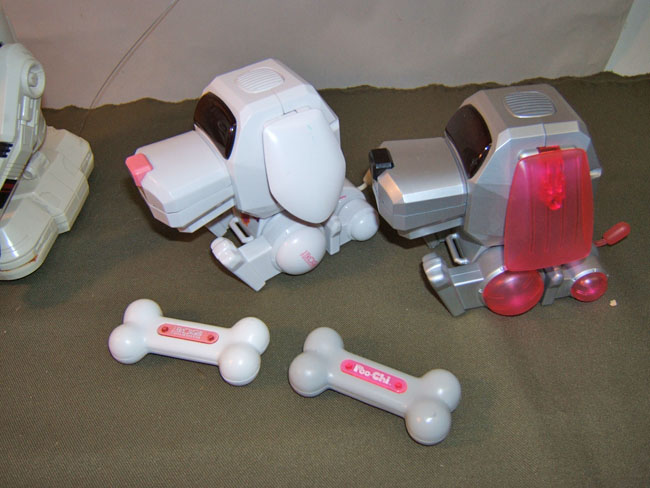
Poo-Chi, introduced in 2000 by Tiger Electronics, was one of the first robotic pets that could interact with its owner by barking, wagging its tail, and even communicating with other Poo-Chis. The toy was an immediate success, capturing the hearts of children who couldn’t have real pets. However, with the arrival of more advanced robotic pets like FurReal Friends, which were softer and more lifelike, Poo-Chi began to lose its appeal. By 2002, the toy was discontinued as FurReal Friends dominated the market. Poo-Chi’s downfall highlights how quickly technology evolves, even in the toy industry, with children always gravitating toward the next big thing. Though short-lived, it was part of the early wave of robotic toys that paved the way for more interactive and lifelike versions. Its simplicity now seems outdated, but it was revolutionary for its time.
Cabbage Patch Kids
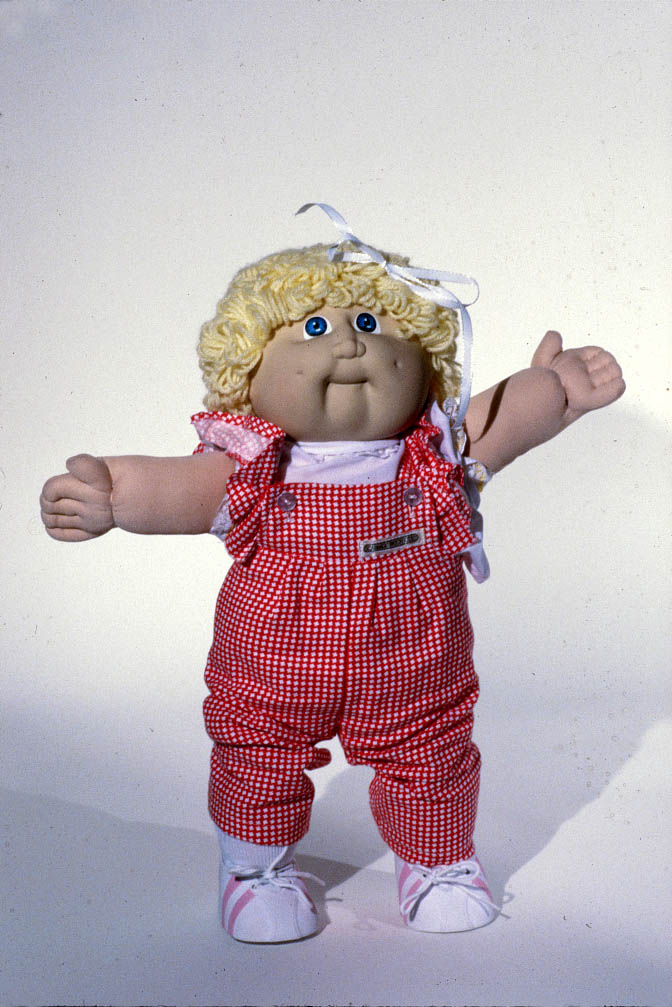
Cabbage Patch Kids were one of the most iconic toys of the 1980s, with each doll having a unique appearance and adoption certificate. However, their popularity led to mass hysteria, with parents scrambling to purchase them during the holiday season, resulting in fights and shortages in stores. While the dolls remained popular for several years, they were eventually discontinued due to oversaturation of the market and declining interest by the mid-1990s. Additionally, lawsuits over design infringements between the original creator and the toy manufacturer clouded the brand. Despite these issues, these made a few comebacks over the years, though none achieved the same level of frenzy as in their heyday. Many collectors still treasure their original Cabbage Patch Kids, which have become valuable memorabilia.
Furbies
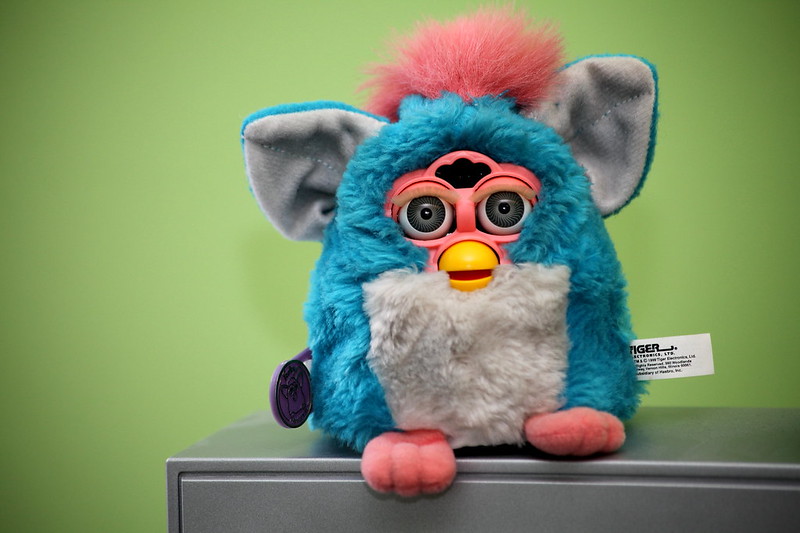
Furbies, the interactive robotic pets that launched in 1998, became an instant hit due to their ability to “learn” English over time and interact with their owners. However, concerns over privacy and the toy’s unpredictable nature, such as continuing to make noises even after being turned off, led to a decline in popularity. There were also fears that the toy could be used to spy, particularly in government and corporate environments, prompting some organizations to ban them. By the early 2000s, these were discontinued, though they have been periodically relaunched with updated features. Despite their creepy reputation, these were one of the first toys to introduce AI-like interactions to the mass market, sparking fascination and fear alike.
Light Bright

Introduced in 1967, Lite-Brite was a creative toy that allowed children to place colorful pegs on a backlit board to create glowing images. While it was a staple of creative play for decades, changing entertainment trends and the rise of more interactive, digital toys led to a decline in its popularity. In the early 2000s, it was discontinued by its original maker, Hasbro, as it struggled to compete with the evolving toy market. Despite this, it has made several comebacks with updated versions, though it never regained its original iconic status. The toy’s appeal was its simplicity and encouragement of creativity, making it a beloved pastime for many. Even today, Lite-Brite remains a nostalgic reminder of simpler, more hands-on forms of play.
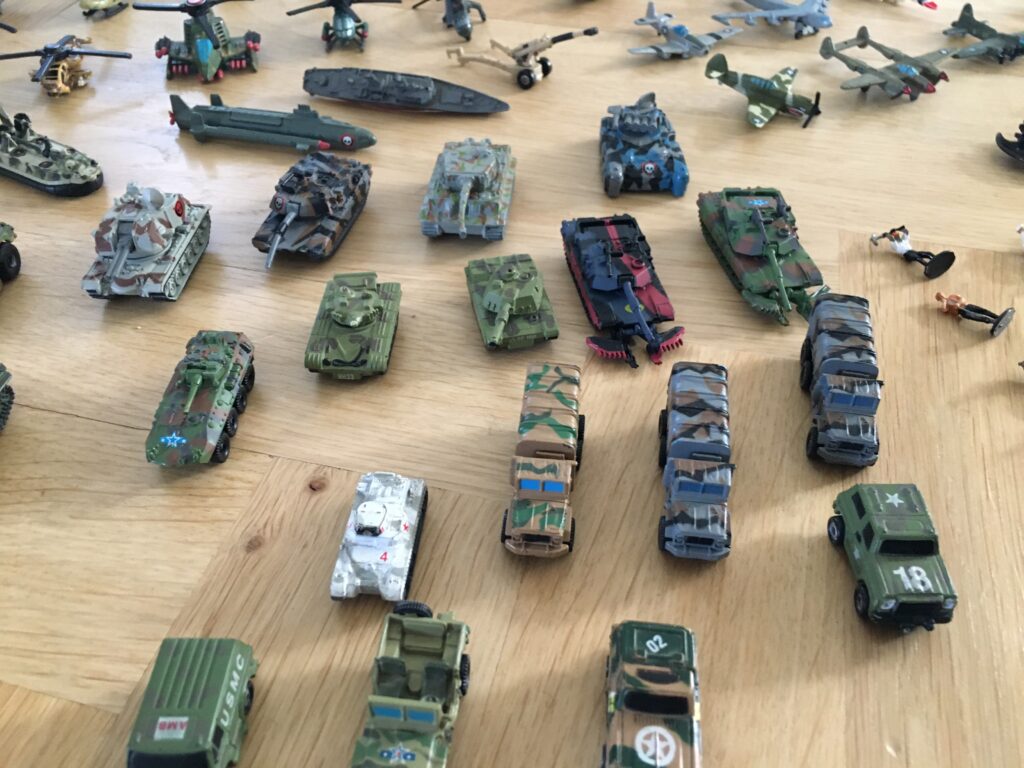
Micro Machines, tiny toy cars and playsets, were a huge hit in the 1980s and early 1990s, providing children with miniature, highly detailed vehicles. However, the toy line was eventually discontinued in the early 2000s due to increased competition from other small toy lines and video games. Additionally, there were growing concerns about the tiny size of the toys, which posed a choking hazard for younger children. While these were briefly revived, they never regained their previous popularity. The toy’s downfall mirrors the broader shift in children’s interests toward digital entertainment and away from traditional, physical toys. Collectors still cherish the original sets, which have become sought-after memorabilia.
This article originally appeared on Rarest.org.
More from Rarest.org
13 Incredibly Adaptive Fish That Live in the Harshest Freshwater Environment

Freshwater environments can be incredibly harsh, with extreme temperatures, low oxygen levels, and fluctuating water quality. Yet, some fish have developed amazing adaptations that allow them to thrive in these challenging conditions. Read More.
14 Unique Desert Plants That Thrive in Harsh Climates

Desert plants are remarkable survivors, thriving in some of the harshest environments on Earth. They have developed unique adaptations to withstand extreme heat, scarce water, and intense sunlight. Read More.
13 Endemic Species of the World`s Highest Mountains

High mountain ranges across the world are home to some of the planet’s most unique and elusive wildlife. These animals have evolved to survive in extreme conditions, from frigid temperatures to low oxygen levels. Read More.
